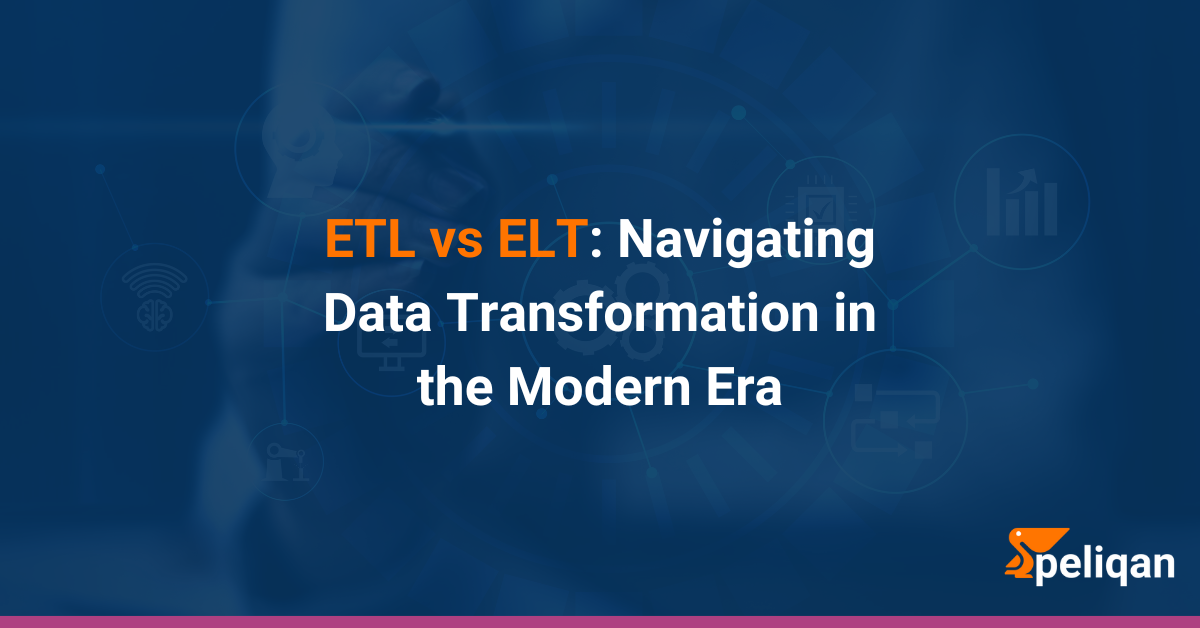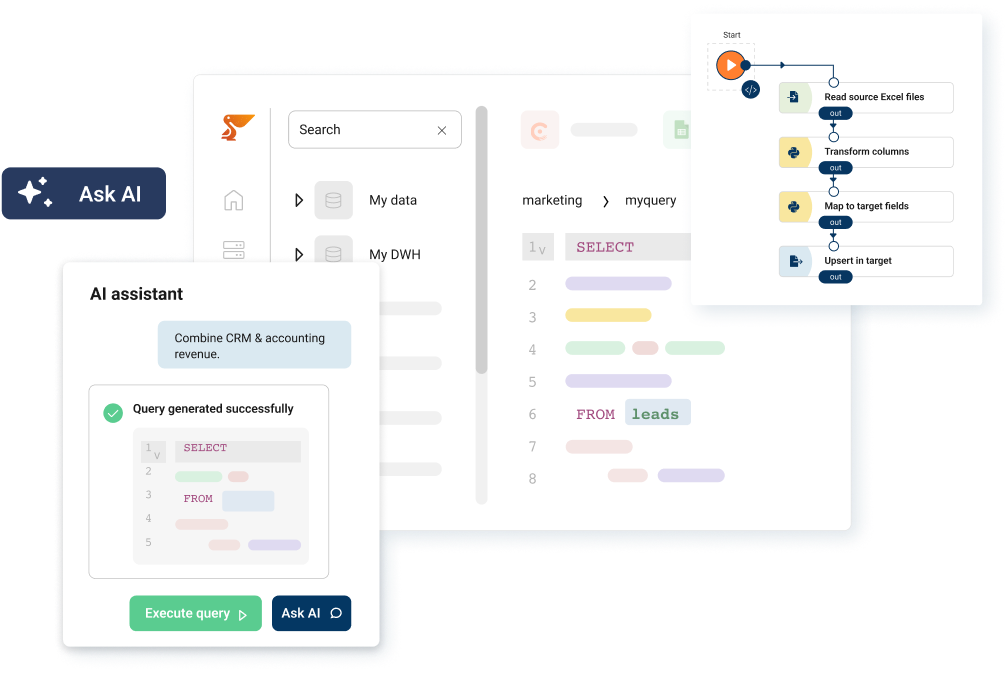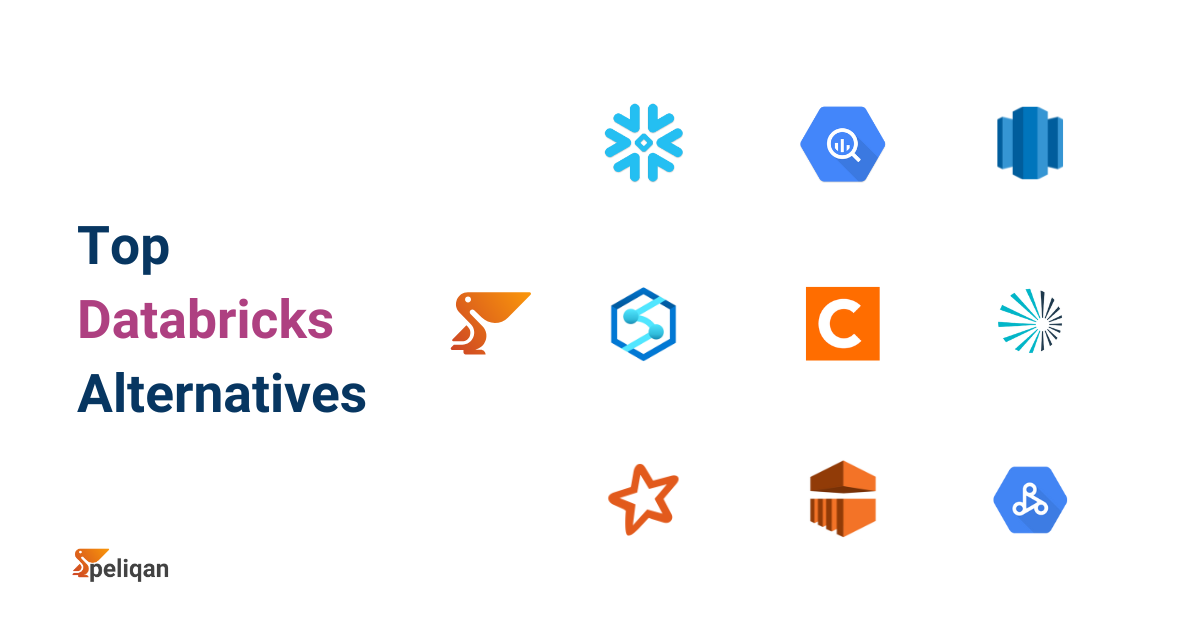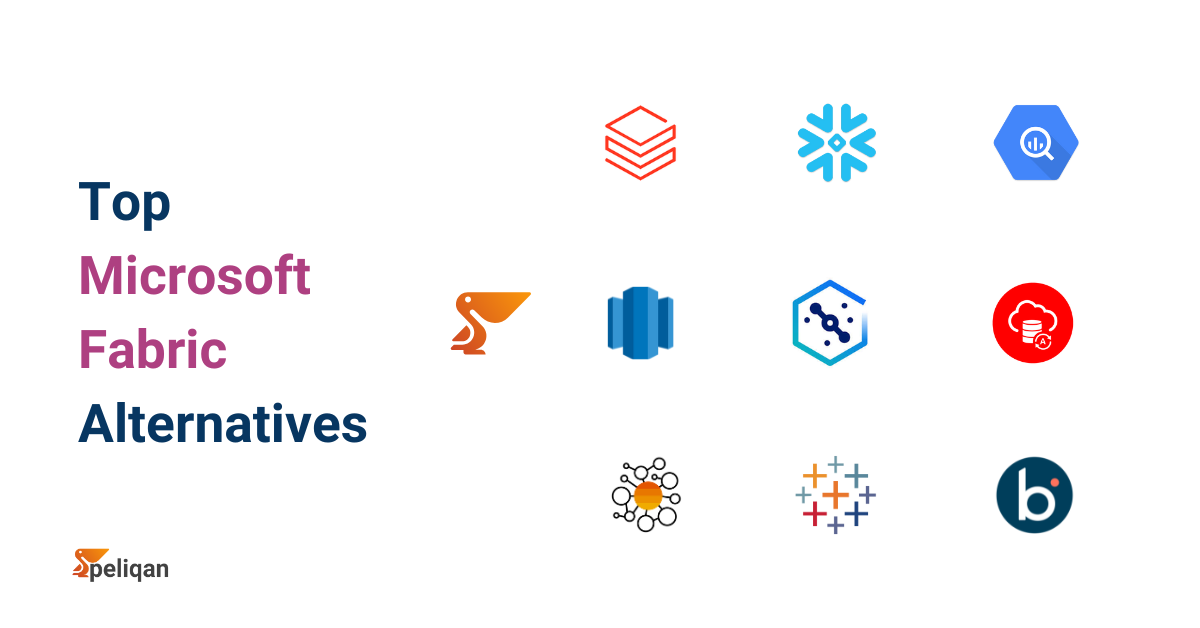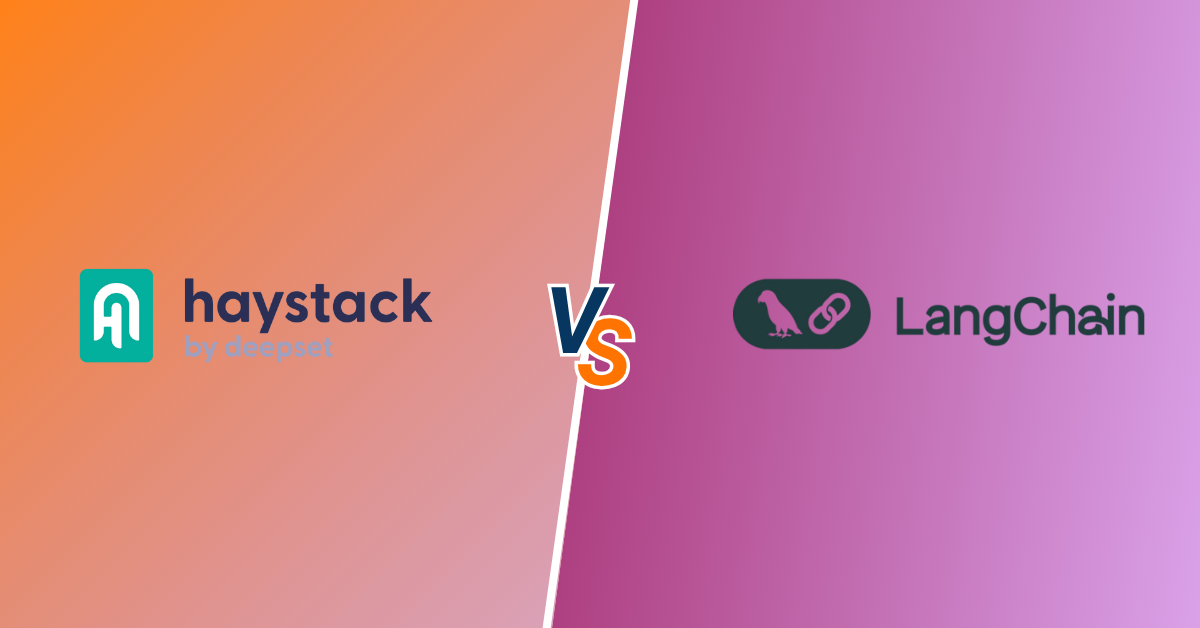In the rapidly evolving world of data management, two prominent methodologies have emerged for processing and integrating data: ETL (Extract, Transform, Load) and ELT (Extract, Load, Transform).
As organizations grapple with increasing data volumes and the need for real-time analytics, understanding the differences between these approaches is crucial for optimizing data workflows and deriving actionable insights.
The Basics: ETL vs ELT Defined
What is ETL?
ETL is a traditional approach to data integration that involves extracting data from various sources, transforming it outside the data warehouse, and then loading it into the target database. The transformation phase typically occurs on dedicated ETL servers or platforms before loading the data into the destination.
Data transformation is handled in the data pipeline.
Example:
Imagine a retail company that collects sales data from multiple stores and wants to consolidate this information into a centralized data warehouse for analysis.
In an ETL scenario:
- Extract: Data is extracted from point-of-sale systems, online transactions, and other sources, and stored in a staging area or environment.
- Transform: The extracted data is cleaned, standardized, and transformed to fit the schema of the data warehouse. This might involve data cleansing, aggregation, or joining with other datasets.
- Load: The transformed data is loaded into the data warehouse, where it can be queried and analyzed by business intelligence tools. The data warehouse has a predefined schema where the data is mapped to.
Pros:
- Well-established process with mature tooling.
- Suitable for complex transformations involving large volumes of data.
Cons:
- Requires additional infrastructure for transformation tasks.
- Longer processing times due to separate transformation step.
What is ELT?
ELT flips the traditional ETL process by loading raw data into the data lake or warehouse first, then performing transformations within the warehouse using SQL, Python, or other programming languages. This approach leverages the processing power and scalability of modern cloud data warehouses for transformation tasks.
Example:
Consider a healthcare organization that collects patient data from multiple sources, including electronic health records and medical devices.
In an ELT scenario:
- Extract: Raw data from various sources is extracted and loaded into a cloud data warehouse like Snowflake or Google BigQuery.
- Load: The extracted data is loaded into staging tables within the data warehouse, preserving its original format.
- Transform: Transformation tasks, such as data cleansing, enrichment, and aggregation, are performed directly within the data warehouse using SQL queries or scripts.
Pros:
- Utilizes the power of modern cloud data warehouses for transformation, enabling faster processing and scalability.
- Simplifies architecture by eliminating the need for separate transformation servers.
Cons:
- May lead to increased storage costs if raw data is retained in the data warehouse.
- Transformation logic may become complex and harder to manage within SQL scripts.
Understanding these pros and cons is crucial for making an informed decision about which approach best suits your organization’s needs. Let’s delve deeper into the key differences between ETL and ELT to gain a more comprehensive understanding.
Key Differences Between ETL and ELT
To better understand the distinctions between these two methodologies, let’s examine their key differences in detail:
1. Transformation Timing and Location
- ETL: Transformations occur before loading, typically in a separate staging area. This ensures that only clean, formatted data enters the target system, maintaining data quality from the outset.
- ELT: Transformations happen after loading, within the target system itself. This allows for more flexible and iterative transformation processes, enabling data analysts to work with raw data directly.
2. Data Storage Approach
- ETL: Only transformed, structured data is stored in the target system. This can lead to more efficient storage use but may limit future analysis options if the original raw data is discarded.
- ELT: All raw data is stored, allowing for multiple transformations as needed. This approach provides more analytical flexibility but may require more storage space to accommodate the full dataset.
3. Scalability and Flexibility
- ETL: Can be less scalable due to pre-load transformations, which may become a bottleneck for large data volumes. This can limit the ability to handle rapid data growth or sudden spikes in data ingestion.
- ELT: Highly scalable, accommodating large volumes of diverse data types. It can easily adapt to changing business requirements and evolving data landscapes, making it well-suited for dynamic environments.
4. Processing Power Requirements
- ETL: Requires significant processing power in the transformation stage, which can be a limitation for on-premises solutions. This may necessitate investment in powerful hardware to handle complex transformations.
- ELT: Leverages the processing power of modern cloud data warehouses, allowing for more efficient handling of large-scale transformations. This can lead to cost savings and improved performance for data-intensive operations.
5. Data Accessibility
- ETL: Only transformed data is readily available for analysis, which can limit ad-hoc querying and exploration. This approach may restrict data scientists and analysts who need access to raw data for advanced analytics.
- ELT: All raw data is accessible, enabling more flexible analytics and the ability to derive new insights from historical data. This can be particularly valuable for data discovery and exploratory analysis.
6. Compliance and Data Governance
- ETL: Offers stronger control over data quality and compliance, as sensitive data can be scrubbed or masked before entering the target system. This can be crucial for industries with strict regulatory requirements.
- ELT: May require additional measures to ensure compliance, as raw data is stored in the target system. This necessitates robust data governance practices to manage access control and data privacy.
7. Implementation and Maintenance
- ETL: Well-established process with mature tools and a large pool of experienced professionals. This can make it easier to find resources and support for ETL implementations.
- ELT: Newer approach with an evolving ecosystem of tools and a growing, but smaller, pool of experts. While this may present challenges in finding experienced personnel, it also offers opportunities for innovation.
Now that we’ve explored the key differences, let’s consider when each approach is most appropriate for different organizational needs and use cases.
When to Use ETL vs ELT
Understanding the strengths and weaknesses of each approach can help organizations choose the right strategy for their specific needs.
ETL is Ideal For:
- Organizations with strict data governance and compliance requirements
- Scenarios where data cleansing and standardization are critical before loading
- Legacy systems that require specific data formats
- Smaller datasets with complex transformation needs
- Use cases where data privacy and security are paramount
ELT Shines In:
- Big data environments with diverse data types
- Use cases requiring real-time or near-real-time data access
- Situations where data transformation requirements may change frequently
- Organizations looking to implement data lakes or data lakehouses
- Scenarios where data scientists need access to raw data for advanced analytics
ETL vs ELT: A Detailed Comparison
To provide a clear overview of the differences between ETL and ELT, let’s examine them side-by-side in this comprehensive comparison table:
| Aspect | ETL (Extract, Transform, Load) | ELT (Extract, Load, Transform) |
|---|---|---|
| Process Order | 1. Extract 2. Transform 3. Load |
1. Extract 2. Load 3. Transform |
| Transformation Location | Separate staging area | Within the target system |
| Data Storage | Only transformed data | All raw data |
| Scalability | Limited by transformation step | Highly scalable |
| Processing Power | Requires significant power for transformation | Leverages cloud warehouse processing |
| Data Accessibility | Limited to transformed data | Full access to raw data |
| Use Cases | – Legacy systems – Strict compliance requirements – Complex, predefined transformations |
– Big data environments – Cloud-based warehouses – Real-time analytics |
| Flexibility | Less flexible, transformations are predefined | More flexible, allows for ad-hoc transformations |
| Implementation Complexity | Well-established, many tools available | Newer, evolving ecosystem |
| Cost Structure | Higher upfront costs, lower storage costs | Lower upfront costs, potentially higher storage costs |
| Data Quality Control | Strong control before loading | Requires additional measures in the target system |
| Real-time Capabilities | Limited by transformation step | Better suited for real-time data processing |
| Compliance | Easier to implement compliance measures | May require additional compliance steps |
| Historical Data Analysis | Limited to transformed data | Full historical data available for analysis |
The Rise of ELT: Driving Factors
The increasing adoption of ELT can be attributed to several key factors that have reshaped the data landscape. Let’s explore these drivers in detail:
- Cloud Computing: The scalability and processing power of cloud platforms make ELT more feasible and cost-effective. Cloud environments offer virtually unlimited storage and compute resources, allowing organizations to handle massive datasets and complex transformations without significant upfront infrastructure investments.
- Big Data: The need to handle large volumes of varied data types favors ELT’s flexibility and scalability. As organizations deal with an ever-growing influx of structured, semi-structured, and unstructured data from diverse sources, ELT’s ability to ingest raw data and transform it on-demand becomes increasingly valuable.
- Real-time Analytics: ELT supports faster data availability for time-sensitive insights and decision-making. By loading raw data immediately and transforming it as needed, ELT enables quicker access to fresh data, supporting real-time dashboards and analytics that can drive immediate business actions.
- Data Lake Architectures: ELT aligns well with the “schema-on-read” approach of data lakes, allowing for more flexible data exploration. This compatibility enables organizations to store vast amounts of raw data and apply transformations only when necessary, fostering agility in data analysis and discovery.
- Advancements in Data Warehouse Technology: Modern cloud data warehouses can handle complex transformations efficiently, reducing the need for separate ETL processes. These advanced platforms offer powerful in-database transformation capabilities, making it possible to perform sophisticated data manipulations directly within the warehouse environment.
As we can see, these factors have collectively contributed to the growing popularity of ELT. However, it’s important to note that this approach also comes with its own set of challenges.
Challenges and Considerations
While ELT offers many advantages, it’s crucial to be aware of potential challenges that organizations may face when adopting this approach:
- Data Quality: Storing raw data may lead to “data swamps” if not managed properly, making it crucial to implement strong data governance practices. Without proper curation and metadata management, the accumulation of raw, unprocessed data can become unwieldy and hinder effective analysis, requiring robust data quality management strategies.
- Security and Compliance: ELT may require additional measures to protect sensitive data and ensure regulatory compliance. Since raw data is stored in the target system, organizations must implement stringent access controls, encryption, and data masking techniques to safeguard sensitive information and meet compliance requirements such as GDPR or NIS2.
- Costs: While initially cheaper, ELT can lead to higher storage and computation costs over time if not optimized. The storage of raw data and on-demand transformations can accumulate expenses, especially in cloud environments with usage-based pricing models. Careful planning and optimization of storage and compute resources are essential to manage long-term costs effectively.
- Skill Set Requirements: ELT may require different skills from traditional ETL, necessitating training or new hires. Proficiency in cloud technologies, SQL, and data modeling becomes increasingly important. Organizations may need to invest in upskilling their existing workforce or bringing in new talent with expertise in modern data warehousing and ELT methodologies.
Understanding these challenges is crucial for organizations considering a shift to ELT. By anticipating these potential hurdles, companies can develop strategies to mitigate risks and maximize the benefits of the ELT approach.
The Peliqan Approach: Blending ETL and ELT
At Peliqan, we recognize that both ETL and ELT have their merits. Our innovative approach combines the strengths of both methodologies:
- We leverage ELT principles for most data sources, taking advantage of cloud data warehouse capabilities for scalability and flexibility.
- For SaaS data sources, we incorporate ETL-like transformations using Singer pipelines, ensuring data quality and standardization where needed.
- Our solution lands data directly into relational data warehouses, with specific column transformations and incremental patterns included, optimizing for both performance and data quality.
Conclusion: Choose the Right Approach
The choice between ETL and ELT isn’t always straightforward. It depends on your organization’s specific needs, existing infrastructure, data volumes, analytical requirements, and compliance considerations. By understanding the strengths and weaknesses of each approach, you can make informed decisions that optimize your data pipeline and drive better business outcomes.
At Peliqan, we’re committed to providing flexible, efficient data integration solutions that adapt to your unique requirements. Whether you need the structured approach of ETL, the raw power of ELT, or a tailored combination of both, we’re here to help you unlock the full potential of your data.
Ready to optimize your data transformation strategy? Contact Peliqan today to learn how our innovative approach can streamline your data workflows and drive actionable insights in today’s complex data environment.




